Top 5 DLT Blockchain Protocols to Consider in Your Tech Startup
All we hear these days is about the Blockchain. Dozens of tutorials and articles that explain what it actually is. But there is one thing that business people may miss from the whole picture – Blockchain in its usual meaning is just one of many types of a distributed ledger technology (DLT). However, this field is far bigger and your future blockchain project have a lot of possible opportunities when it comes to DLT Blockchain protocols. Here is the review of the top 5 you should consider before starting the development process.
What Is DLT Blockchain?
DLT Blockchain technology is based on the distributed ledger that operates on a principle of using nodes. This circle of independent computers record, process, synchronize and share all digital transactions in their own electronic ledgers. Such approach allows excluding a centralized data storage as it is in a traditional ledger. DLT Blockchain protocol distributes the information into encrypted blocks. Those blocks organize together an append-only chain.
The general concept of DLT suggests building the blocks of “Internet of value”. Then, interactions are recorded and “value” is transferred peer-to-peer, liquidating the need for coordination from some central authority. In this case, the “value” can represent any ownership of digital assets – money, cryptocurrencies, security tokens, DLT blockchain stocks, real estate and company shares, patient healthcare data, identity information and other types of personal data. In the long run, the DLT blockchain technology will fundamentally transform the manufacturing, banking, governmental and financial sectors by making it more stabilized, reliable and efficient.
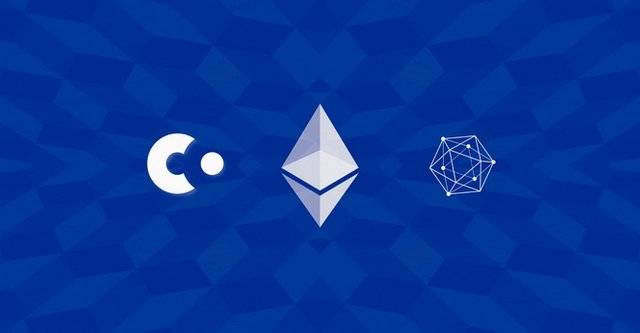
DLT Security Risks: What Should You Be Aware Of?
You probably have guessed that there are some concerns about data protection in the DLT ecosystems. Let’s explore this topic a little deeper because every investor would ask two logical questions:
- What are the security vulnerabilities when it comes to DLT Blockchain technology?
- How to avoid or reduce them?
It’s known that Blockchain, actually, has a large number of security features this doesn’t make it immune to cyber threats. On the contrary, DLT blockchain technology is vulnerable to the attacks that aren’t a threat for centralized financial databases. But the DLT Blockchain ecosystem opens up new horizons and promises to mitigate most of the security risks by transforming the way of how the data is stored and used in the distributed ledger.
Though, for now, let’s just address the biggest vulnerabilities which require the top-priority actions.
1. Untested and Low-Quality Code
First and most important is that you should hire only the professional DLT developers – preferably even teams from the development companies who are visible and known on the market. The answer to ‘why?’ question is simple – you don’t need the heavily experimental code from cheap freelancers or some ambiguous agencies. For instance, some DLT Blockchain developers deploy improper-tested blockchain code which always leads to hacking attacks. So, it’s better to pay once a higher price than to overpay it twice when you’ll face a need to rewrite the whole code due to its vulnerability.
What solutions to these problems you’ll get from a trustworthy DLT Blockchain development company:
- Quality assurance and proper code testing;
- Multiple times peer-reviewed code ready for actual safe deployment;
- Scalable DLT Blockchain protocols and smart contracts tested by specialized testing agencies.
2. Access Breaches
Actually, this issue comes not from the DLT Blockchain technology itself but reflects on the endpoint security of the whole ledger. The endpoint represents a verge where people and blockchains meet. It mostly means a computer, a smartphone or other gadget that a human or a business brand uses to access some blockchain service. Which, in turn, means beginning a cycle of inputting the information into some device, which will then be outputted from this device – here comes the endpoint. During this exact procedure, when you access your DLT blockchain system, the safety of the data stored in the chain is at its most risk.
The vulnerability lies in the credentials needed for accessing a shared blockchain. These credentials suffer from the security risks at the endpoints due to the human factor – how people use their public and private keys. A key that is required to access a blockchain consists of cryptographic strings of characters, which length is always more than enough to exclude the possibility of guessing them.
Here lies the cornerstone of DLT blockchain technology’s strength and weakness. No one can access the blockchain without having the right public and private keys. But.. if the hackers will steal those right keys, they will have all your data to play with it as they desire – who owns the keys rules the world of data. That is why hackers aren’t trying to guess someone’s keys, they just storm the front and steal them. And the easiest way to obtain such keys is to hack the weakest chain link – a computer or a smartphone.
In order to avoid failing to protect the devices we can take the appropriate and highly effective precautions regarding the DLT blockchain keys:
Do not keep the keys in any text document or another file which can be easily read or stolen by someone.
If you plan to store the keys on the gadget, then use a good encrypting app to protect them.
Install and constantly update the strong antiviruses for various OSs for both computers and mobile phones. And run the regular scans.
If you need to share your keys via an email, then use only the email feature in the encrypted blockchain wallet.
3. DLT Blockchain Technology Risks Associated With Vendors
The main purpose of distributed ledgers is to transfer the information in and out of it, which is possible due to the usage of third-party solutions. As the world will keep continuing the adoption of the DLT blockchain protocols, we can also expect a huge growth of third-party solutions at least within these blockchain areas:Smart contracts
E-Wallets
Payment platforms and processors
Integration platforms for DLT protocols
Therefore, as the market would be overcrowded with the new untested products, there is a potential backdoor for the vendor security risks. So, those business owners who plan to use third-party solutions for their DLT blockchain system should test the trustworthiness of the vendor first to see if their product is vulnerable to attacks. It means evaluating the reputation and the security level of the whole vendor’s system and searching for the insufficiencies in the development approach and a code itself.
Top 5 DLT Blockchain Technology Protocols
There are more than two dozens of various distributed ledger technology protocols but some of them are more commonly accepted than others. As they say, the first and original was the Bitcoin open-sourced protocol, but these days, we have a chance to see the rise of many additional services that created DLT protocols.
Therefore, proceeding with the topic, aside from the most famous Bitcoin and Ripple DLT blockchain protocols, you should consider such services:
#1 Ethereum
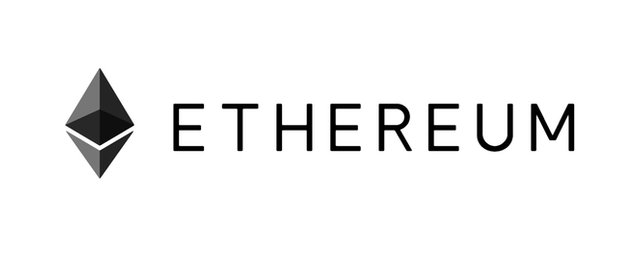
One of the most famous platforms on the market, a constant rivalry for Bitcoin. It offers Ether cryptocurrency and an e-wallet for ERC-20 standard tokens. Due to the protocol’s scalability, DLT blockchain developers can create revolutionary dapps on both Ethereum platform and the democratic autonomous organizations.
But the huge advantage of Ethereum is that its technology allows using programmable smart contracts – self-executing computer algorithms which exclude the possibility of third-party interference and censorship. Smart contracts can be programmed to store, register and transfer valuable data, securities and funds based on the predetermined conditions.
#2 Hyperledger
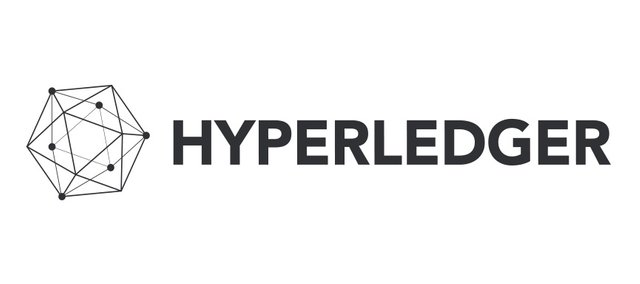
In 2015, the Linux Foundation launched the Hyperledger – an umbrella project that provided the open-source blockchains and related tools. Hyperledger DLT blockchain platforms are designed to handle the Python programming language, the endorsement policies for international business transactions and the confidential data sharing between inner nodes. It unites the stakeholders from across the globe by supporting tech manufacturers, IoT services, supply chain companies and financial sector.
#3 Openchain
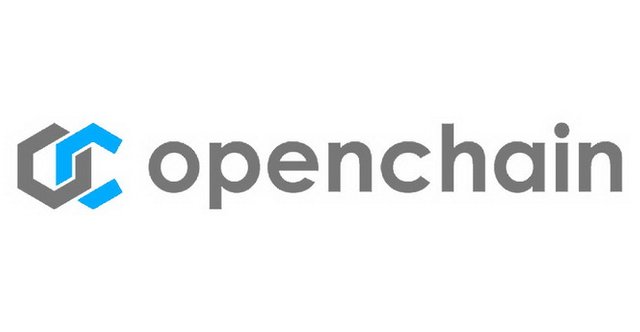.jpg)
This DLT blockchain protocol for enterprises greatly differs from others by using the so-called partitioned consensus model. With such approach, developers use just a single open chain instance, so each person is authorized to validate and prove the transactions and not being placed in a centralized ledger. Each entity controls its own instances, which can be connected to each other. In Openchain, depending on which assets are being exchanged, separate authorities validate separate transactions. Which makes this DLT blockchain protocol highly scalable and secure.
#4 Corda DLT Blockchain
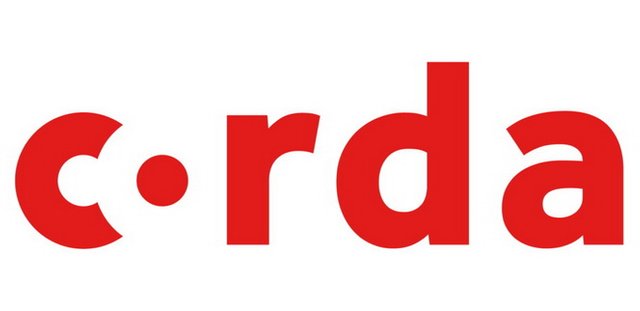
It was developed by R3 enterprise open source blockchain project as for recording, storing, processing and synchronizing the financial deals between financial organizations. Corda DLT protocol was designed for business from the start and the world’s largest entities. It is based on the principles of highly secure transactions and direct value exchange via smart contracts. With Corda, developers can create interoperable blockchains where transactions are verified only by individual parties who issue the transaction. No centralized controller and unrelated validators are allowed. The one disadvantage may be that the Corda protocol comes without an inbuilt cryptocurrency.
#5 BigChainDB
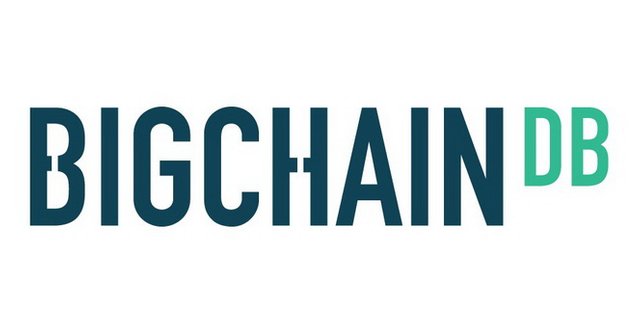
With this open-source DLT blockchain, the difference is that the BigChainDB works as a distributed database with blockchain features. Such as decentralized administration, immutable data storage, transactions processing and digital assets transferring. BigchainDB comes with transparency, high throughput, low latency, support for permissions in both private and public ledgers, and powerful query functionality. It also operates on the Federation Consensus Model.
Afterword
If you’re still hesitating whether to say yes to DLT blockchain investing, let us assure you that the distributed ledger technology is already a symbol of future. It opens up the doors for great transformations and higher profits in many industries from finances, banking and loT to healthcare, manufacturing and real estate.
But if you plan to develop your own product based on one of the DLT blockchain protocols keep in mind to review their pros and cons first. Then choose the reliable blockchain development company and make sure that they eliminated all the security risks we discussed in this article.

I guess you forgot SKYE : http://www.cloudyboss.eu/news/press-releases/6040/
Coins mentioned in post: